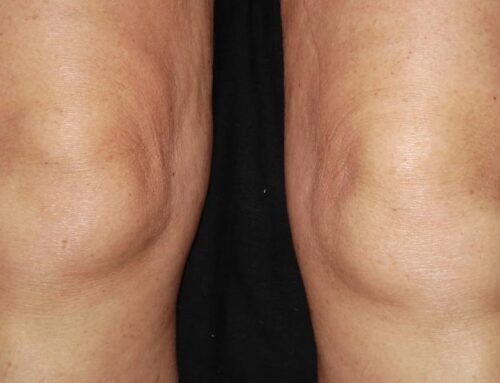Finger pain is a throbbing, cramplike, or achy pain that’s felt in any of your fingers, including your thumb. It often results from an accident or a medical condition.
In most cases, finger pain isn’t serious and will go away on its own. However, unexplained finger pain can be a sign of a more serious medical condition.
Be sure to visit your doctor if you experience ongoing or unexplained pain in your fingers.
Hand injuries
The most common cause of finger pain is a hand injury. Injuries to the finger can cause an open cut, a bruised or fractured bone, or muscle and tissue damage.
Common injuries that result in finger pain are:
- broken fingers, which are often caused by jamming the finger during contact sports or while improperly handling heavy-duty equipment
- cuts
- broken fingernails
Medical conditions
Medical conditions that affect the nerves, muscles, or bones can also cause finger pain.
For example, osteoarthritis (OA) causes the breakdown of cartilage. This breakdown causes bones to rub together and triggers pain and stiffness. In the hands, OA can affect the joints at the base of the thumb, in the middle of the finger, and near the nail bed.
Other conditions that can cause finger pain include:
- rheumatoid arthritis (RA)
- osteoporosis
- muscular dystrophy
- multiple sclerosis (MS)
- carpal tunnel syndrome
- systemic sclerosis, a rare autoimmune disorder
- Raynaud’s phenomenon, a disorder that effects blood vessels
- boils
- nodules
- cysts
- tumors
A compressed or pinched nerve in the arm, wrist, or hand can also contribute to finger or thumb pain.
Identifying types of finger pain
Finger pain may feel dull and achy, or it may be sharp and cramplike. The pain may start suddenly and then go away.
Pain accompanied by swelling
If you have a broken finger, it’ll usually be swollen, purple or blue in color, and extremely painful. In some cases, the bone might be physically separated and visible through the skin.
Throbbing pain or pain when moving
Carpal tunnel syndrome and other medical conditions that affect the nerves and muscles in your arm and hand can cause:
- throbbing pain in the hand and fingers
- pain when moving the affected fingers or when moving your wrist
- difficulty typing or writing
- hand tremors
Sharp shooting pain
A finger dislocation occurs when the bones of your finger or thumb dislocate from their joints. In some cases, the dislocation is visible.
You may also experience throbbing pain or a sharp shooting pain.
Pain at the site of injury
A cut on your finger may cause pain at the site of the injury. Depending on how deep the cut is, you may also feel pain that spreads or radiates to surrounding areas of your hand.
Pain accompanied by lumps
If you have a growth on your hand, such as a boil or nodule, you may experience the following symptoms along with your finger pain:
- a fluid-filled lump
- a hardened area of skin
- a movable lump under the surface of the skin
- a lump that’s tender to the touch
Diagnosing finger pain
If you have a cut or growth on your finger, your doctor may be able to diagnose the condition based on a physical examination alone. If you have pain when using your fingers and there’s no obvious cause, more information will be needed.
Your doctor will ask questions about your medical history, medications you take, and your occupation. Using this information, your doctor can decide which tests are necessary for a proper diagnosis.
Common tests for diagnosing finger pain* include blood tests and imaging tests, such as X-rays.
An X-ray can show any fractures and abnormal growths within the finger. If an X-ray isn’t enough to determine a diagnosis, your doctor may order additional imaging tests or a nerve study. A nerve study looks for nerve damage or nerve dysfunction.



